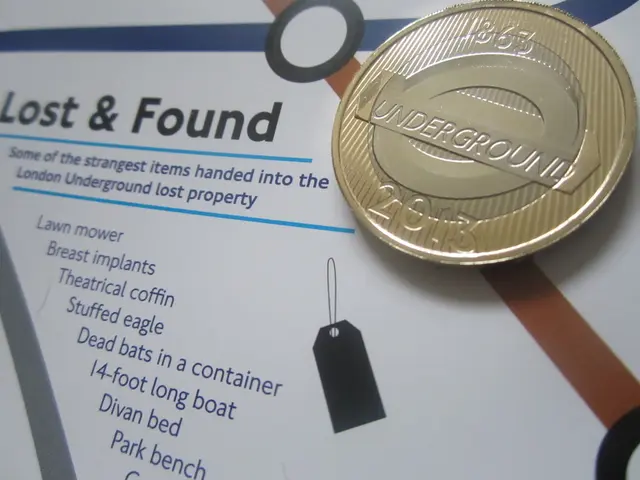Guidelines for Creating a PCB Prototype (Beneficial for Emerging Hardware Businesses)
In the world of electronics, John Teel, a renowned expert in the field, has shared his insights on manufacturing and assembly of PCB prototypes. While a specific, step-by-step guide from his tech.co article was not found in the provided search results, we can glean valuable information from his related content and teachings.
John Teel emphasizes the importance of selecting components that are in stock and readily available from manufacturers like LCSC and JLCPCB Assembly. He advocates for an integrated PCB design and manufacturing process, suggesting that careful planning and design for manufacturability are key steps.
Transitioning from breadboard testing to PCB prototyping can present challenges, as electrical, thermal, and mechanical behaviors may differ. To prevent failures in PCB prototypes, thorough design review and effective testing are encouraged.
In his workshops and tutorials, John Teel teaches how to design custom PCBs, order boards, program, and test them. He emphasizes expert design reviews to catch flaws early, component selection for production, and simplified designs to reduce development costs.
According to a video by John Teel, a practical, fast, and affordable method to create finished PCBs involves choosing parts available in stock, focusing on affordable sourcing, and leveraging assembly services that can deliver completed boards quickly.
Based on this information, a likely summarized workflow for John Teel’s PCB manufacturing and assembly prototype steps would be:
- Design the schematic and PCB layout with DFM (Design for Manufacturability) in mind.
- Select components from trusted sources with good stock levels (e.g., LCSC, JLCPCB assembly libraries).
- Order PCB fabrication and assembly together, using services that offer quick turnaround and verified components.
- Test electrical and mechanical performance carefully, considering differences from breadboard prototypes.
- Iterate based on testing and improve design until ready for final prototype validation and production.
This workflow reflects John Teel's focus on predictability, cost and time efficiency, and reducing risks in prototyping and assembly.
For more detailed information on John Teel's steps for manufacturing and assembly of PCB prototypes, readers can refer to his article on tech.co, which can be found at the link provided.
- John Teel's focus on technology is evident in his emphasis on using technology such as DFM for manufacturing and assembly of PCB prototypes, inwhich he advocates for quick turnaround and verified components.
- In the process of manufacturing PCB prototypes, John Teel's methods involve integrating technology like efficient sourcing, stock levels of compatible components, and fast assembly services to achieve a reduced risk, cost, and time-efficient workflow.




